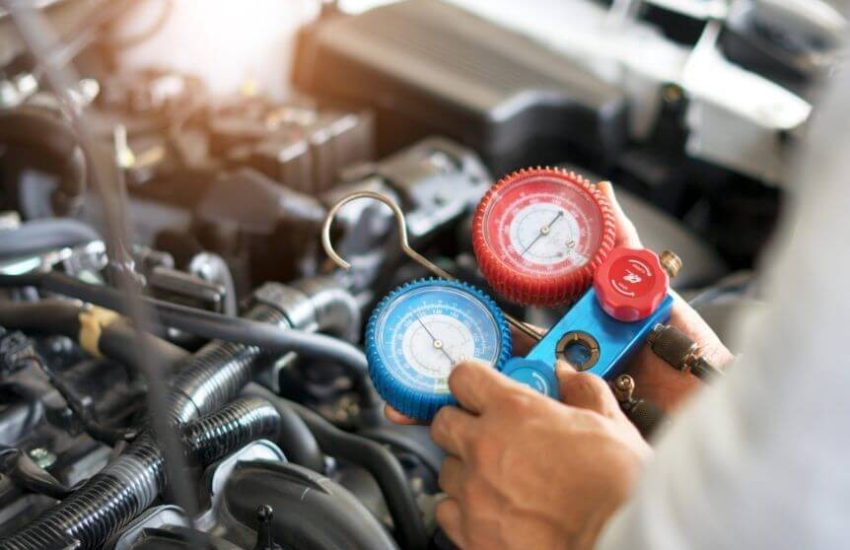How Technicians Diagnose Car AC System Issues
A car air conditioning system is complex. It has many parts that work together daily. So when a fault appears it needs expert care. A professional technician uses tools and skill for diagnosis. That ensures the issue is found quickly and correctly. Without such care the system may fail completely. Then comfort and safety both suffer on the road. Diagnosis is the first step toward repair. A careful check keeps the system reliable and efficient. Trained technicians know how to solve AC faults properly.
Checking Cooling Performance
A technician first measures the cooling strength. The air from the vents is tested directly. So the temperature change shows early signs of trouble, weak or uneven cooling points to hidden issues. That may be a leak or low refrigerant. A gauge helps confirm the pressure levels quickly. Then the results guide the next inspection step. A steady cold flow shows the system is strong. Testing airflow helps reveal problems at the very start. Performance checks allow the technician to build a repair path.
Inspecting Refrigerant Levels
Refrigerant is central to the cooling process. So the technician checks the level with special gauges. Low fluid shows a leak or other system fault. That leads to weak cooling during hot weather. A proper amount ensures smooth air flow daily. Too much fluid also harms performance inside the system. Then pressure builds and causes stress on key parts. The right balance restores efficient operation without extra strain. Accurate measurement gives clear results for further action. Refrigerant checks are a vital step during every diagnostic service by Auto AC Repair in Clearwater, FL.
Examining Compressor Operation
The compressor works as the heart of AC. It pushes refrigerant through lines and parts daily. So technicians test if it engages properly with power. A weak clutch or damaged motor shows up fast. That prevents steady pressure inside the system. A faulty compressor causes poor or no cooling quickly. Then the air inside the cabin stays hot. Testing ensures the compressor runs with needed strength. A healthy unit keeps the entire system effective. Regular compressor checks help avoid costly repairs with timely action.
Testing Electrical Components
The system depends on proper electrical control. So switches fuses and sensors are tested carefully. A fault in wiring stops the unit from starting. That leaves the cabin hot during long trips. A technician uses meters to confirm power flow. Broken wires or weak fuses are replaced quickly. Then the system receives steady current without trouble. Electrical health keeps all other parts working in order. Testing ensures no hidden short cuts performance or safety. Diagnosis of electrical parts secures smooth and reliable air conditioning operation.
Conclusion
Diagnosing car AC issues requires skill and patience. A technician measures cooling strength and checks airflow quickly. Refrigerant levels are tested with accurate tools each time. So compressor function is reviewed for smooth operation. Strange sounds give clear warning of hidden faults. Electrical parts are examined for power and safety. Then filters and vents are checked for clean flow. Each step ensures the system works without stress. Diagnosis prevents costly failure and protects comfort daily. Professional checks always keep the air conditioning reliable and safe.



